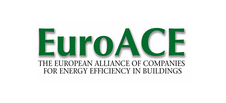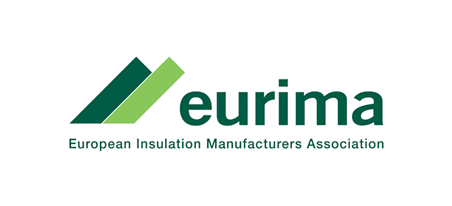Search eceee proceedings
German Energiewende – different visions for a (nearly) climate neutral building sector in 2050
Panel: 6. Buildings policies, directives and programmes
This is a peer-reviewed paper.
Authors:
Veit Bürger, Öko-Institut (Institute for Applied Ecology), Germany
Tilman Hesse, Öko-Institut, Germany
Benjamin Köhler, Fraunhofer-Institut für Solare Energiesysteme, Germany
Andreas Palzer, Fraunhofer-Institut für Solare Energiesysteme, Germany
Peter Engelmann, Fraunhofer-Institut für Solare Energiesysteme, Germany
Abstract
The building sector plays an important role for the goals of the German Energiewende. Accordingly, the federal government aims at realizing a “nearly climate-neutral” building stock by 2050.
The technical feasibility of both climate-neutral renovations and climate-neutral new buildings has been shown by various demonstration projects. However, a vision is lacking how the entire stock of residen-tial and non-residential buildings should be constituted energetically in order to reach the target. The relevant questions concern, amongst others, the required level of buildings’ energy standard, the mix of energy sources and supply technologies, associated costs as well as how the building sector as both, energy consumer and energy producer will interact with the entire (transformed) energy system in the long run.
In our paper we explore two different target states how a nearly climate-neutral building stock could look like in 2050. The target states are parameterized as to reflect a rather broad corridor of future states in terms of two central dimensions, the reduction in final energy demand (efficiency) and the composition of the fuel and technology mix (mainly the share of renewables).
A stock modelling approach based on a typology of the German residential and non-residential building sector is applied to analyse indicators such as final and primary energy demand, CO2-emissions and costs. The interaction of the different target states with the overall energy system is analysed based on an optimisation model (REMod) integrating the topology of energy producers, converters, storage devices and consumers of the whole German energy system.
Based on our analysis we address the question whether our current policy framework is sufficient for a transformation of the building sector that ensures climate neutrality until 2050. And we develop rec-ommendations in which areas policy impact needs to be strengthened in order to achieve the long-term targets.
Downloads
Download this presentation as pdf: 6-040-17_Buerger_presentation.pdf
Download this paper as pdf: 6-040-17_Buerger.pdf
Panels of
1. Foundations of future energy policy
2. Policy: governance, design, implementation and evaluation challenges
4. Mobility, transport, and smart and sustainable cities
5. Buildings and construction technologies and systems
6. Buildings policies, directives and programmes
7. Appliances, products, lighting and ICT
8. Monitoring and evaluation: building confidence and enhancing practices























